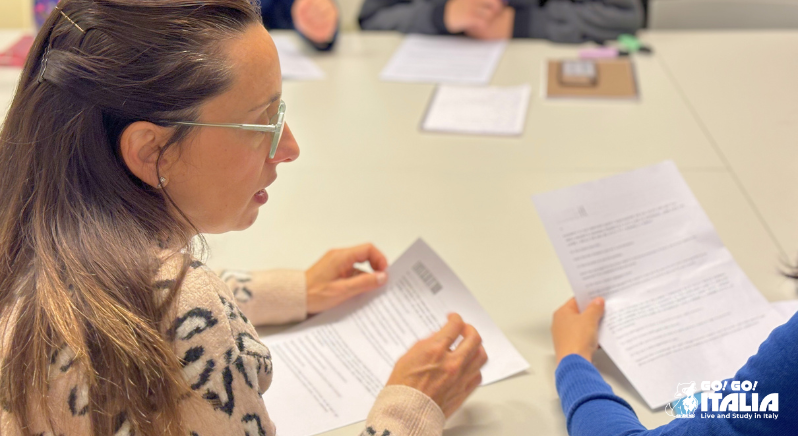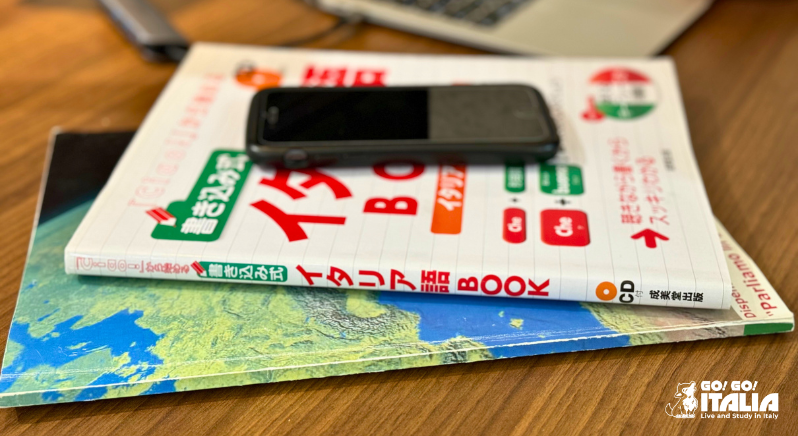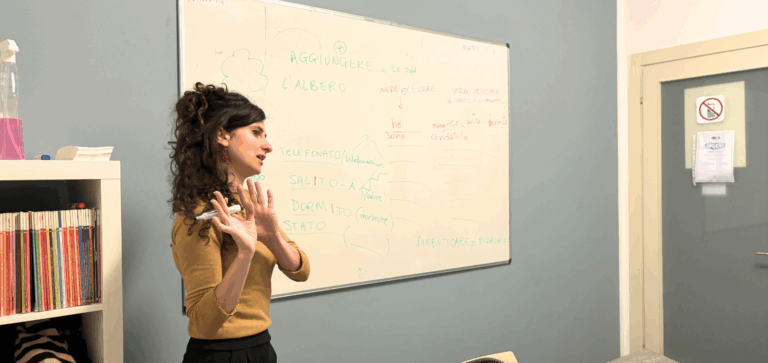Italian honorifics play a key role in expressing politeness and respect, especially in formal situations. The Italian language, like many others, emphasizes social etiquette through the use of titles and formal expressions that show deference to someone’s status, profession, or age. Using the right honorific in Italian can make a significant difference in how you’re perceived
Let’s explore the most common Italian honorifics, how and when to use them, and some cultural insights to help you avoid awkward missteps.

1. Formal vs informal: The “tu” vs “Lei” dynamic
Before diving into specific titles, it’s important to understand the distinction between informal and formal address in Italian, which is expressed through the pronouns “tu” and “Lei.”
“Tu” literally means “you” in the singular informal sense. It’s used in casual conversations with friends, family members, children, or people of the same age or social standing. It signals familiarity, closeness, or equal footing.
“Lei” literally translates to “she” in Italian, but when capitalized and used in conversation, it functions as the formal version of “you” (singular), regardless of the other person’s gender. It’s typically used when speaking to strangers, elders, professionals (such as doctors or professors), or in professional and respectful settings.
When using “Lei” formally, verbs must agree with third-person singular conjugation (as they would with “she”), and possessive adjectives are capitalized and adjusted accordingly; for example, “la Sua opinione” (“your opinion”).
Understanding when and how to use “tu” and “Lei” is a crucial step in mastering polite and respectful communication in Italian.
2. Common Italian honorifics and titles
Italian honorifics are usually placed before a person’s name and often reflect either professional status or social respect. Here are some of the most common ones:
Signore / Signora / Signorina
- Signore – Mr. / Sir
- Signora – Mrs. / Madam
- Signorina – Miss (used less today, as “Signora” is often used for all adult women)
In front of a surname, “Signore” is shortened to “Signor”:
E.g., Signor Rossi, Signora Bianchi.
Dottore / Dottoressa
- Dottore (male) and Dottoressa (female) literally mean “doctor“, and are used to address someone with a university degree.
- This title is commonly used even if the person is not a medical doctor. In Italy, a bachelor’s degree qualifies someone to be called Dottore/Dottoressa.
E.g., Buongiorno, Dottor Verdi.
(Note: When followed by a surname, Dottore becomes Dottor.)
Professore / Professoressa
Used for schoolteachers and university professors. It’s a sign of respect even when used loosely for someone who teaches a subject.
E.g., Professoressa Conti insegna storia all’università.
Avvocato
For lawyers. It’s used similarly to “Dottore,” with or without the surname.
E.g., Buongiorno, Avvocato Ferri.
Ingegnere
For engineers. It’s very common to address engineers formally using their title.
E.g., Ingegnere Bianchi, piacere di conoscerla.

3. Using honorifics in letters and emails
When writing emails or letters in Italian, honorifics play a critical role in setting a respectful tone.
Formal greeting example:
Egregio Dottor Neri, (Dear Dr. Neri)
Gentile Signora Rinaldi, (Dear Mrs. Rinaldi)
Spettabile Azienda, (Dear Esteemed Company, used for businesses)
Formal closing examples:
- Cordiali saluti (Kind regards)
- Distinti saluti (Best regards)
- La ringrazio per l’attenzione (Thank you for your attention)
Always capitalize honorifics and formal possessive pronouns in written communication: La Sua risposta, Le Sue competenze, etc.
4. Cultural insights: When in doubt, be formal
Italians place high value on manners and respect, especially in the workplace, in academia, and with older generations. When in doubt, always start formal. If someone invites you to use tu instead of Lei (usually by saying diamoci del tu!), you can then switch to a more relaxed tone.
It’s also common for people to introduce themselves using their honorifics:
Piacere, sono la Dottoressa Bellini.
Don’t be surprised if people continue using honorifics throughout conversations — especially in Southern Italy or in older or more traditional settings.
5. Situational use: when honorifics matter most
- Job interviews
- Academic settings
- Legal and medical appointments
- Meeting older adults or someone of higher professional rank
- Emails and official correspondence
Interested in learning Italian in Italy? Contact us and start your Italian adventure!
Follow us on our social media pages for more tips, stories, and inspiration!



